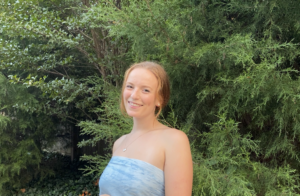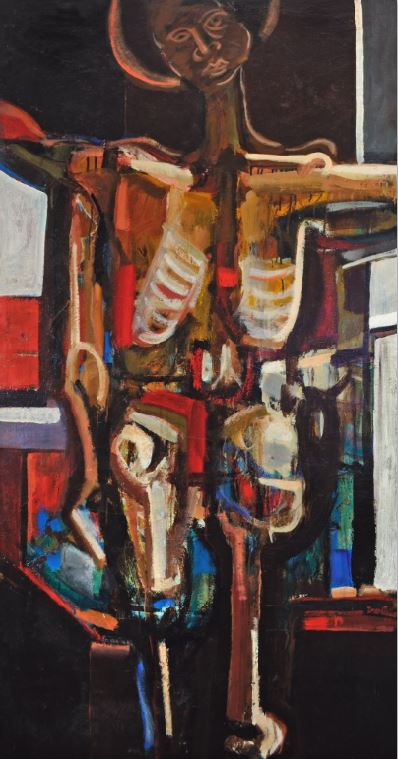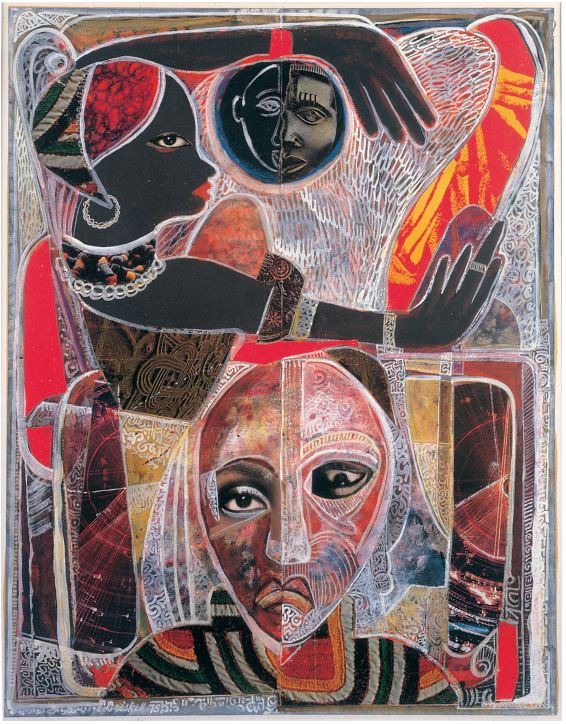Meet our fall interns! Application are now open for spring 2022 paid internships.

Chloe Akazawa, Georgetown University
“My name is Chloe Akazawa and I am currently a graduate student in the Art and Museum Studies Masters program at Georgetown University. I recently graduated from UC Berkeley, where I majored in Art History and French and minored in Digital Humanities. In my free time, I love to embroider, paint my nails, and drink chai lattes. I love both looking at art and creating art, and I admire The Phillips Collection’s continued dedication to including and engaging diverse communities of artists and visitors. I am helping the Marketing and Communications department grow the museum’s audiences, initiating new relationships with local cultural centers, businesses, and organizations. I have encountered the many facets of what Marketing entails, from press releases, graphic design, to social media posts. Through this internship, I have learned about the different ways that art can extend beyond the gallery space into daily life.”

Jane Asher, American University
“My name is Jane Asher (she/her) and I attend American University as an interdisciplinary major and a combined master’s student. This semester I have been working with the Director’s Office with Caitlin Hoerr. I came into this internship hoping to understand more about how private art institutions function in DC (since DC is dominated by public institutions) and, more specifically, how the decisions made in the director’s office impact the entire institution. Over the course of this internship, I have been able to learn more about the function of the Board of Trustees as well as the Office of the Director. I have been able to understand The Phillips Collection’s history better and how the Board fits into that history. I have enjoyed working at the Phillips in its centennial year and look forward to seeing it evolve and expand with the changes to come.”

James Bleeker, George Washington University
“My name is James Bleecker, and I will be attending George Washington University’s Museum Studies program in January 2022. I graduated from Skidmore College with a BA in History, having written my thesis about the politics of museums and Holocaust memory in Hungary. I moved to the DC area in August to pursue a career in museum work, and I currently intern at the National Museum of the US Navy. Through my internship in the Phillips’s Security Department (which includes Museum Assistants who are in many ways the public face of the museum), I learned how the contents of a museum can impact the lives of those who work to protect it. I also observed the administrative efforts behind making a museum safe and accessible during covid-19. My primary tasks have been to rewrite the manuals for Museum Assistants and Museum Supervisors. This meant spending time shadowing on the floor, asking questions, learning the daily operations of the department, and taking creative license to understand and convey the essence of these positions in writing.”




